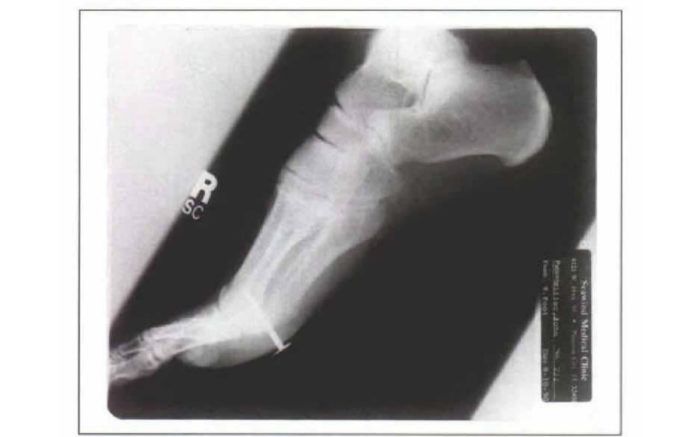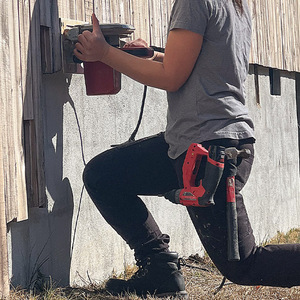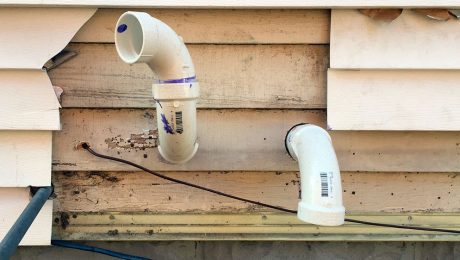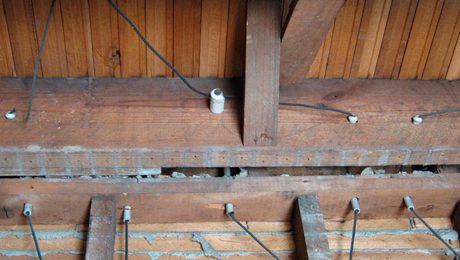Job-Site Foot Injuries
What to do when you've stepped on a nail or dropped a 6x6 on your toes.

Synopsis: Foot injuries, like stepping on a nail, are often an unpleasant fact of life around a job site. This article, written by a physician specializing in emergency care, explains what to do if your feet get in harm’s way.
Do you know what your most important tool is? It’s not your nuclear-powered, laser-guided hammer. It’s your body. Without a healthy body, you won’t be working very long. As a doctor, I’ve seen construction workers come in to my clinic with all kinds of gruesome injuries. But foot injuries are the most common — puncture wounds on the sole of the foot or crush injuries to the toes. In this article I’ll go toe-to-toe with some myths concerning these foot injuries, and I’ll walk you through their proper treatment. Don’t worry; you’ll be up and about in no time.
Puncture wounds
Most puncture wounds are caused by people stepping on an upturned nail because they aren’t watching where they are going. Roofing nails, because of their shape, will stand straight up and often end up in carpenters’ feet, as do the nails in temporary supports that have been pulled down. Always remove nails from scrap boards, or at least bend the nails over.
After the initial squealing and jumping around after they step on a nail, most workers yank out the offending object. Then the on-the-job medical committee meets. This committee consists of four or five people loudly offering conflicting and often wrong advice. Finally, the foreman decides if the company will foot the bill if the employee is taken to a doctor. Often the employee is just told to walk it off and go back to work.
To show that he’s concerned about worker safety and to save on doctor bills, the foreman should have a good first-aid kit. A good kit includes tweezers to pull debris out of the wound, something to cleanse the wound, such as soap and water or hydrogen peroxide, antibiotic ointment that you can buy at the local drugstore, and many different-size bandages.
Tetanus anyone?
In my practice, where we treat many on-the-job injuries, people come in thinking, “tetanus shot.” Usually they don’t really need one; what they need is appropriate medical evaluation and intervention. Tetanus is a common soil bacterium that can cause a fatal disease known as lockjaw, which kills by paralyzing the breathing muscles. Perhaps this notably hideous death gives us a special fear of tetanus, but in the United States only about 60 deaths per year occur from tetanus. Most people born here are immunized against this disease early in life. There are strict indications for who needs a tetanus shot. If the puncture wound is really dirty, and it’s been 10 years since your last shot, you’ll need another. However, you can receive too many. An unnecessary tetanus shot causes severe redness and swelling at the injection site, as well as a really sore arm for about three weeks.
For more photos and details, click the View PDF button below:


























